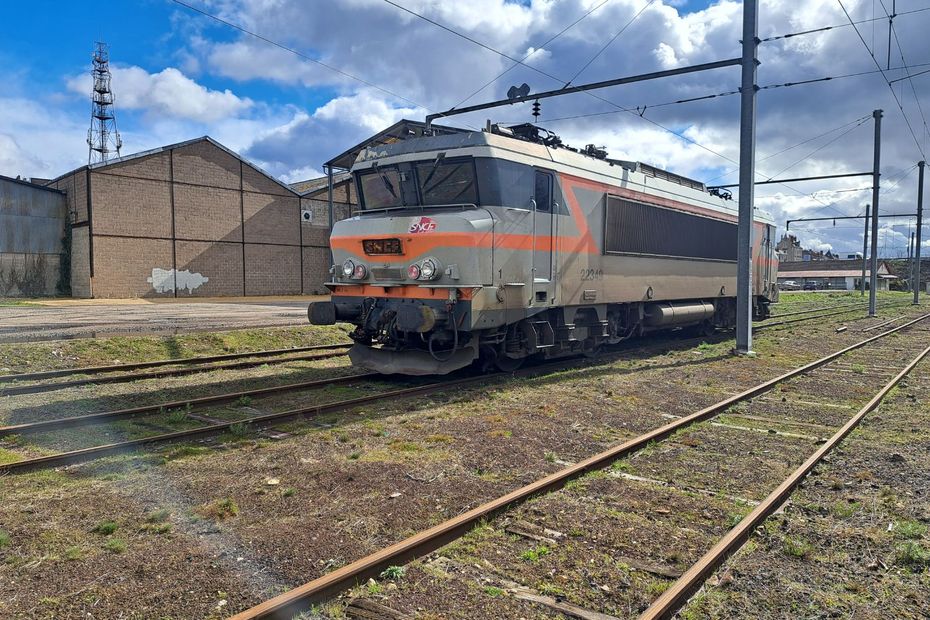To tackle the repeated delays, SNCF has put into service a backup locomotive in Nevers, Nièvre to tow trains in case of breakdowns on the Clermont-Paris line. This measure should reassure passengers.
A welcome piece of news for the Paris-Nevers-Clermont train! SNCF announced on Friday, March 16 in a press release that the backup locomotive stationed in Nevers, Nièvre since March 4 is now running “every day in protection of the last three trains Clermont-Ferrand – Paris (n°5978, 5982, 5990) and the last two trains Paris – Clermont-Ferrand (n°5977, 5983)”. If a train breaks down, this locomotive will take over to tow the convoy to its destination.
This should signal the end of – very – long delays on this cursed line that has faced many mishaps, including the one on January 19, 2024, where 700 passengers experienced an eight-hour delay and had to be assisted by the Red Cross and firefighters.
The railway company specified in its press release that “this service is made possible thanks to the successful technical checks carried out on the locomotive by the SNCF maintenance teams, as well as the availability of drivers, between 4:00 pm and midnight.”
This service started a month and a half ahead of the schedule announced on February 23 during the unveiling of the emergency plan of 40 million euros. An emergency plan aimed at keeping the line running until the modernization works are completed and especially until the new trains currently being tested enter service by 2026.
“We will need to test the effectiveness of this locomotive in case of breakdown,” rejoiced Stéphanie Picard, spokesperson for the Usagers du Train Clermont-Paris group. “It’s good news because until now, the backup locomotives were stationed in Clermont or Paris. So, you can imagine how long it took to get them there in case of a problem. And we know that breakdowns always occur between Nevers and Montargis, because it’s a wooded area that increases the likelihood of animal collisions or fallen trees on the track.”
Aware of the concerns raised by each incident, SNCF is very precise in its communication about this backup locomotive. They even provide a detailed schedule: “Departing from Nevers around 6:00 pm, the backup locomotive travels to Cosne-sur-Loire behind the Intercités Clermont-Ferrand – Paris n°5978. It then stays in Cosne for about 1 hour and 15 minutes, thus being in the vicinity for the passages of the Clermont-Ferrand – Paris n°5982 and Paris – Clermont n°5977 trains. Around 8:00 pm, the locomotive leaves Cosne towards Nevers, preceding the Paris – Clermont-Ferrand train n°5983. In Nevers, the driver remains on the engine until the Clermont-Ferrand – Paris n°5990 and Paris – Clermont-Ferrand n°5983 trains have exited the Montargis-Nevers section.”
Stéphanie Picard acknowledges that since the incident on January 19, “SNCF has made significant communication efforts. They are keen to show that they are taking action for this line. But I don’t want SNCF to think that this is enough for us.”
Passengers on the line remain cautious. And watchful. “For us, the main issue is that the delivery date of the future trains is respected. We also focus our attention on the investment program for post-2026.”
The group has a demand: a Clermont-Paris journey in 2 hours and 30 minutes.



